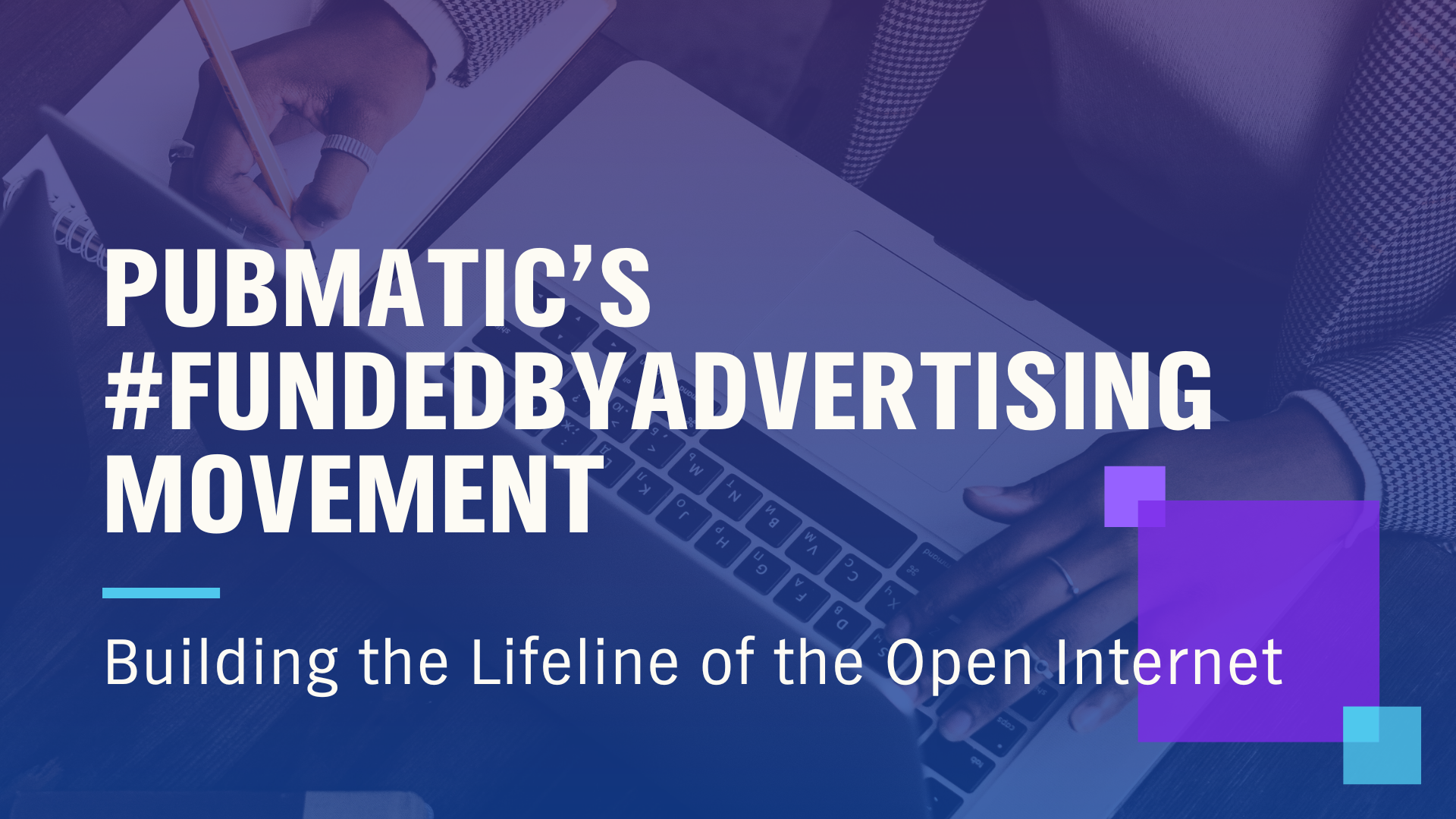From consolidation to growing regulation to the uncertain future of the third-party cookie, the digital advertising industry faced a number of headwinds in 2019. However, each of those challenges has provided an opportunity for innovation and growth. As we approach the end of the decade, these are three key trends that will have the biggest impact on the programmatic ecosystem.
Identity resolution and the future of publisher monetization
The need for comprehensive identity resolution has been a challenge for the industry for some time. In 2019, publishers’ revenue streams became more dependent on big tech’s troves of first-party data. But the tide is beginning to shift as publishers reclaim control and harness the value of their datasets with independent alternatives to the walled gardens.
Now publishers are forming alliances to enable contextual targeting at scale across their collective properties and other industry consortiums are providing identity alternatives. Most importantly, there is more willingness among publishers, media buyers and tech providers to work closely together to counter the duopoly and cookie threat.
The purported death of the third-party cookie—whether it occurs swiftly or slowly fizzles—will drive innovation around identity solutions that stave off downward pressure on publisher revenues. What remains to be seen is which of the emerging solutions will achieve the scale needed to disrupt the market in 2020.
Greater buyer demand for SPO
Over the past few years demands to improve supply chain efficiency and concerns over inventory quality have brought supply path optimization (SPO) to the forefront of the industry dialogue. Studies performed by PubMatic found that most buyers are already well into their SPO journey. Almost all (93%) of respondents in the U.K. and 73% in the U.S. said they are actively implementing SPO or plan to within the next 12 months.
New links in the supply chain are being forged as advertisers and agencies place more scrutiny on their supply partners. Heading into 2020, there is sure to be an uptick in SPO announcements between buyers and SSPs as agencies and advertisers seek to make smarter buying decisions in an increasingly complex ecosystem. This will not only improve quality and economics for digital media buyers but also their overall trust in programmatic channels as an efficient and effective channel in which to spend their media budgets.
Header bidding goes omnichannel
Two channels account for a significant portion of programmatic ad spend growth: mobile app and video (including emerging formats like OTT and CTV). Technology providers who can offer the teams, tools and tech to help publishers capture the yield and revenue benefits across all devices and addressable digital video content will be successful in the future.
Furthermore, just as header bidding brought huge publisher gains in desktop display monetization and workflow, expect to see the same for emerging formats as we head into 2020. According to PubMatic’s latest mobile research, mobile app header bidding ad spend grew 20% quarter over quarter in Q3 2019 and shows signs of continuing its strong growth trajectory. Server-to-server (S2S) mediation will also emerge as the preferred monetization solution for cross-platform video and the burgeoning CTV market.
The opportunities for publishers and advertisers to harness the potential of programmatic and achieve measurable results for their business show no signs of slowing as the new decade approaches. Regulatory and competitive headwinds will not hamper innovation as companies across the digital supply chain continue to push for new and exciting solutions to each new challenge. As we ring in the new year, one thing is for sure—programmatic is primed to reach new heights.
The post originally appeared on AdWeek.





